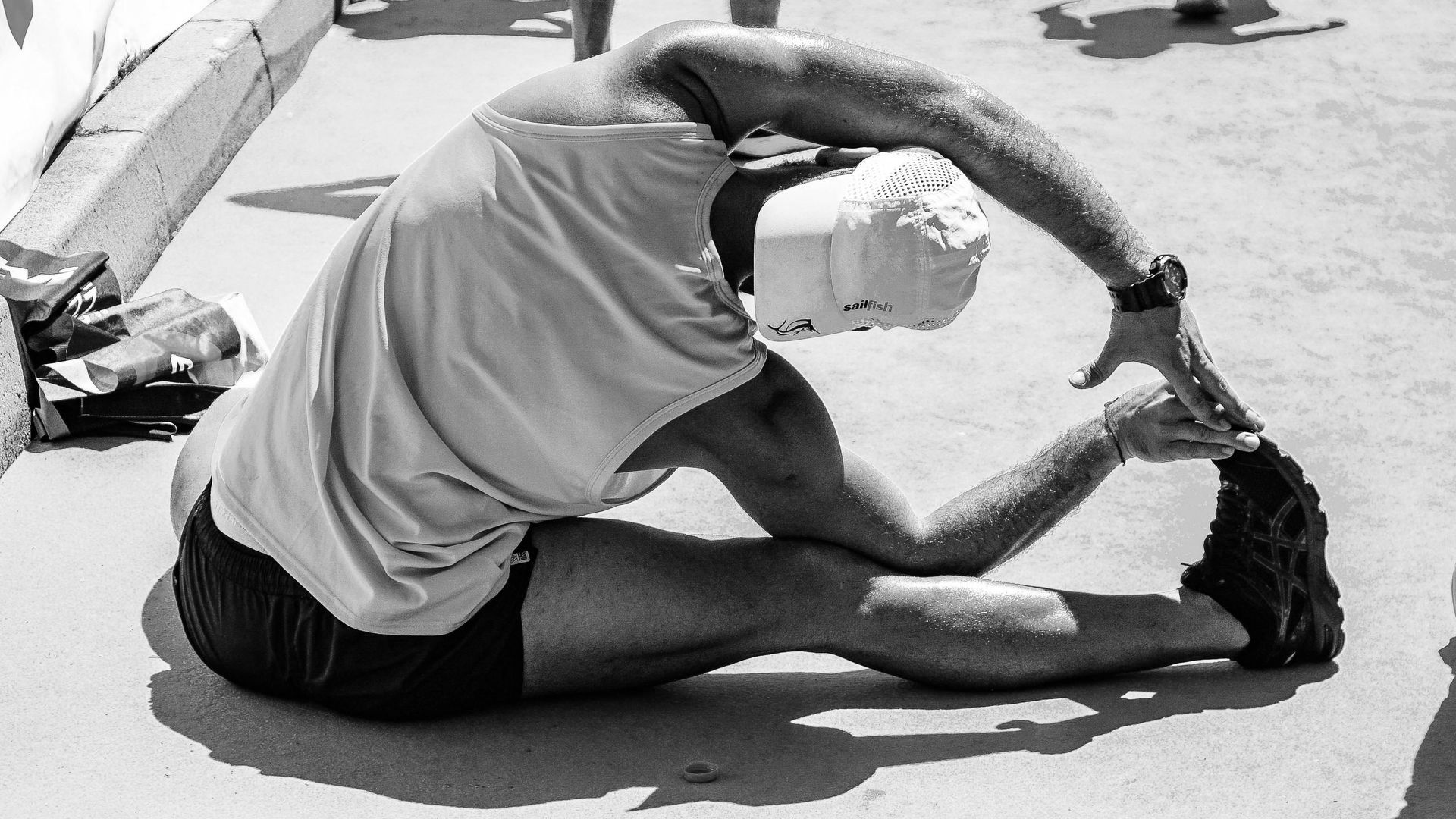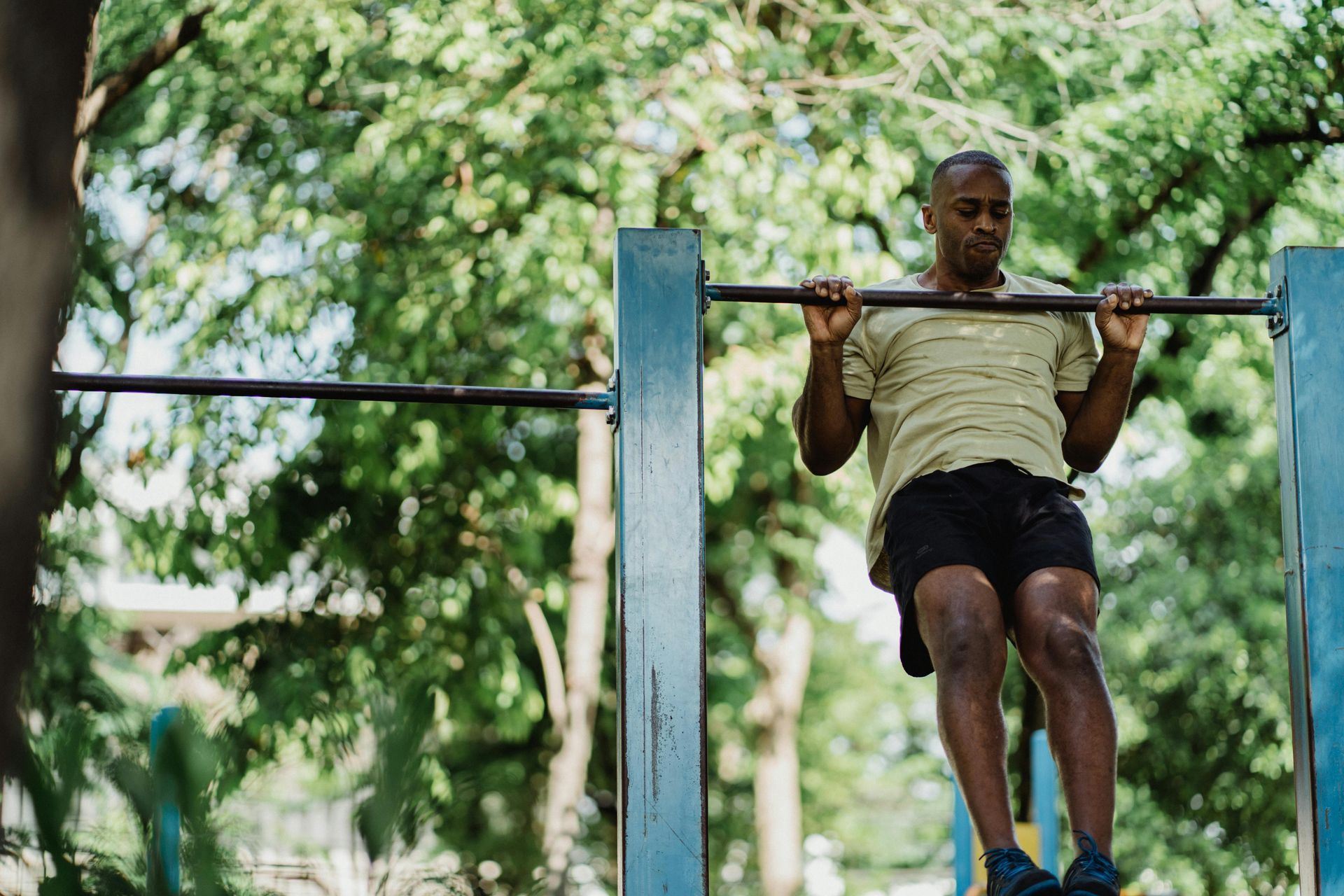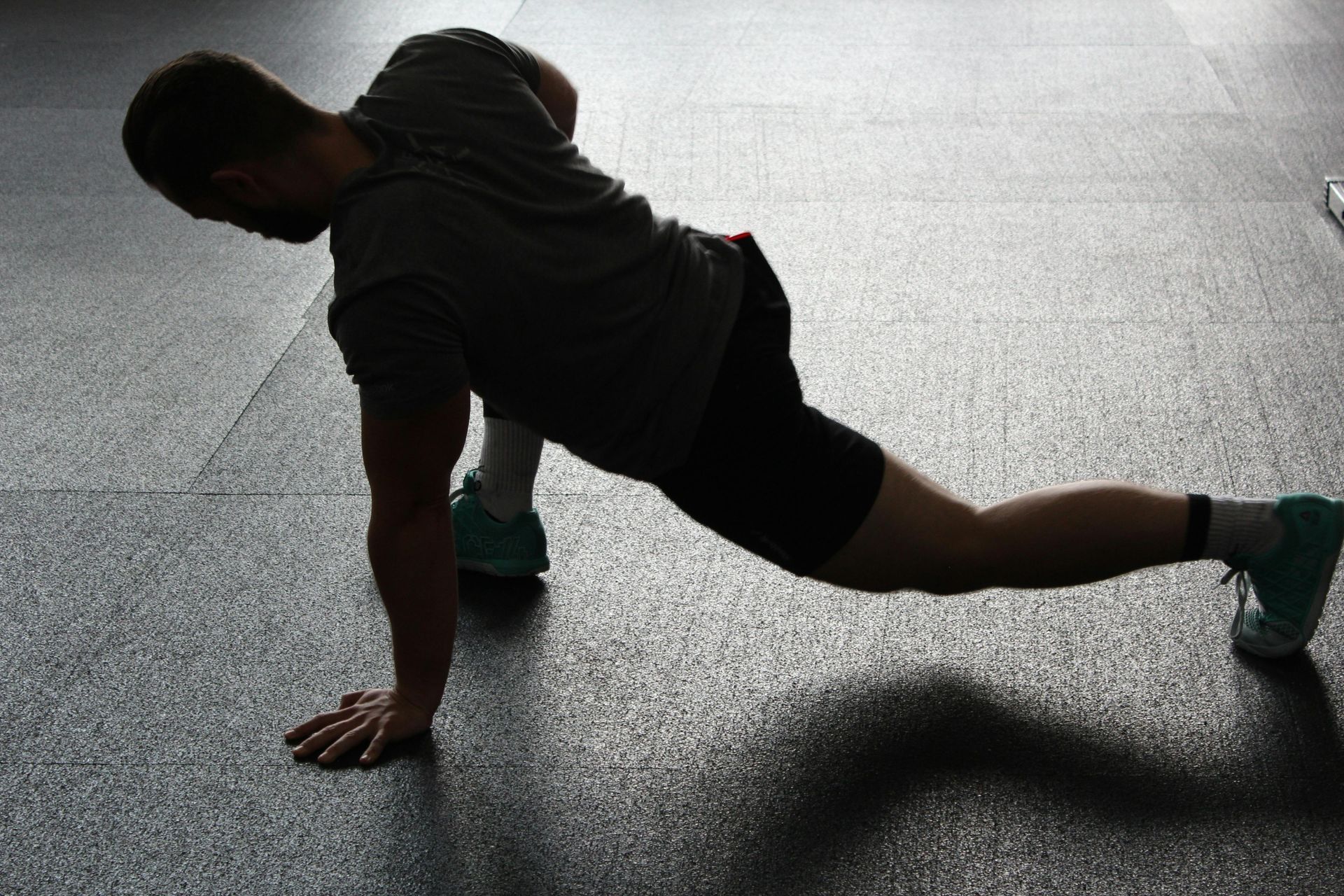Why Stretching, Self-Care, and Active Rest Days Are Essential in Cross Training
When it comes to cross training, the focus is often on pushing harder, lifting heavier, and going faster. However, an essential—yet often overlooked—part of your fitness journey involves taking care of your body through stretching, intentional self-care, and active rest days. These practices are not just about avoiding injury but are key to long-term progress and well-being.
Let’s explore why these elements should be integral parts of your cross training routine.

1. Stretching: The Foundation for Flexibility and Injury Prevention
Stretching is often the first thing to be skipped during workouts, but it plays a critical role in both performance and recovery. By incorporating dynamic stretching before your workouts and static stretching afterward, you can improve your flexibility and range of motion, which leads to better form and fewer injuries.
- Dynamic Stretching: Prepares your muscles and joints for movement, increasing blood flow and priming your body for the challenges ahead. This includes exercises like leg swings, arm circles, and walking lunges.
- Static Stretching: Best performed after your workout, static stretching helps cool down the muscles and aids in reducing muscle stiffness and soreness. Think hamstring stretches, shoulder stretches, and hip flexor stretches.
When your body can move more freely, your lifts improve, your movements become more efficient, and your risk of injury decreases. So, make stretching a non-negotiable part of your training routine.
Ready to see the difference stretching can make?
Try adding 10 minutes of dynamic stretches before your next workout and see how it impacts your performance.

2. Intentional Self-Care: Supporting Recovery and Mental Well-Being
Cross training takes a toll not only on your body but also on your mind. Intentionally practicing self-care can help prevent burnout, boost mental resilience, and keep you motivated.
- Physical Recovery: Practices like foam rolling, massage, or even using heat and ice therapy can help relieve muscle tension, reduce inflammation, and promote faster recovery. These self-care methods should be incorporated weekly, if not daily.
- Mental Recovery: Cross training requires intense focus and dedication. Taking time for yourself, whether through meditation, journaling, or simply unplugging from daily stressors, can have a profound impact on your mental health and your ability to stay consistent in your training.
By nurturing your mind and body, you’re giving yourself the fuel to push harder when it matters.
How’s your recovery routine?
Try incorporating foam rolling or meditation into your rest days
and notice the difference in your energy levels during your next session.

3. Active Rest Days: Keep Moving While Allowing Recovery
Rest days are essential for muscle repair and growth, but that doesn’t mean you should be completely sedentary. Active rest days, where you engage in low-intensity activities, are a great way to keep moving while still allowing your body to recover.
- Low-Intensity Workouts: On your rest days, consider activities like walking, swimming, yoga, or light cycling. These exercises get your blood flowing, help flush out lactic acid, and speed up muscle recovery without putting too much strain on your body.
- Flexibility and Mobility Work: Use your rest days to focus on mobility exercises that keep your joints healthy and flexible. These exercises can prevent stiffness and prepare your body for the next round of high-intensity workouts.
Active recovery keeps your momentum going and ensures that you return to training feeling fresh and energized.
Give active recovery a try! Take a walk, do some light yoga, or try swimming on your next rest day and feel the difference in your recovery process.

In the world of cross training, pushing your limits is crucial—but so is taking care of your body. Stretching, practicing intentional self-care, and incorporating active rest days are not signs of weakness; they are essential practices that will help you train smarter, recover faster, and achieve your fitness goals more sustainably.
Remember, the real strength lies in finding balance between effort and recovery. Treat your body with the care it deserves, and it will reward you with peak performance, day after day.
Want to optimize your recovery? Start today by adding 10 minutes of stretching to your routine or scheduling an active recovery day this week. Your body will thank you!

By making recovery a priority, you'll unlock your true potential in cross training and set yourself up for long-term success. Stay consistent, stay balanced, and keep striving toward your goals!








